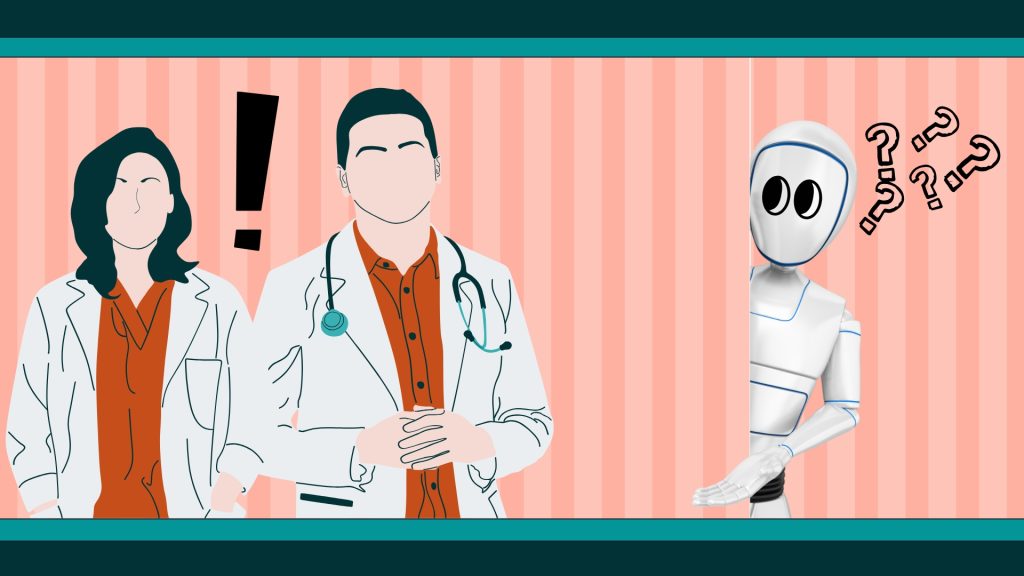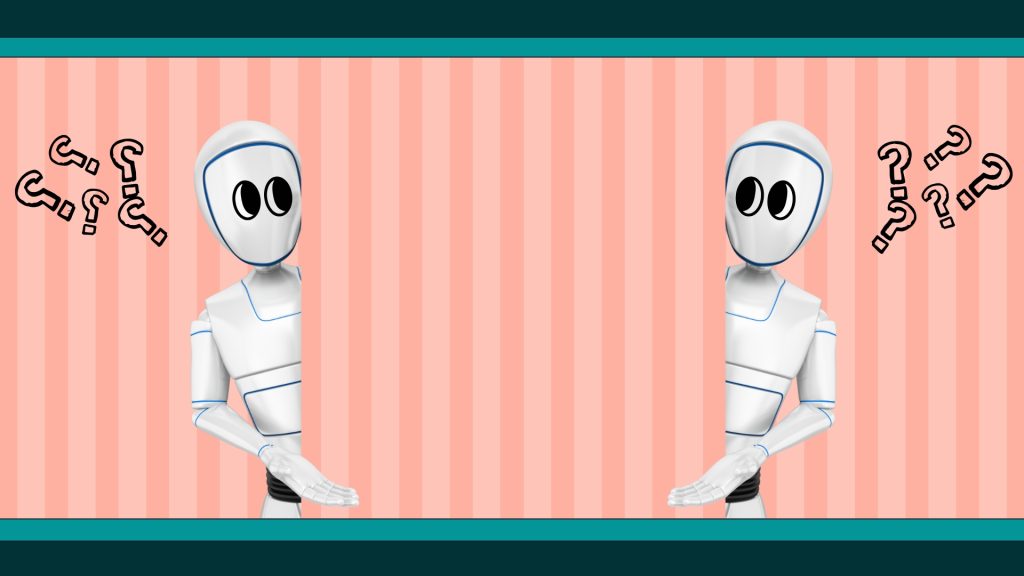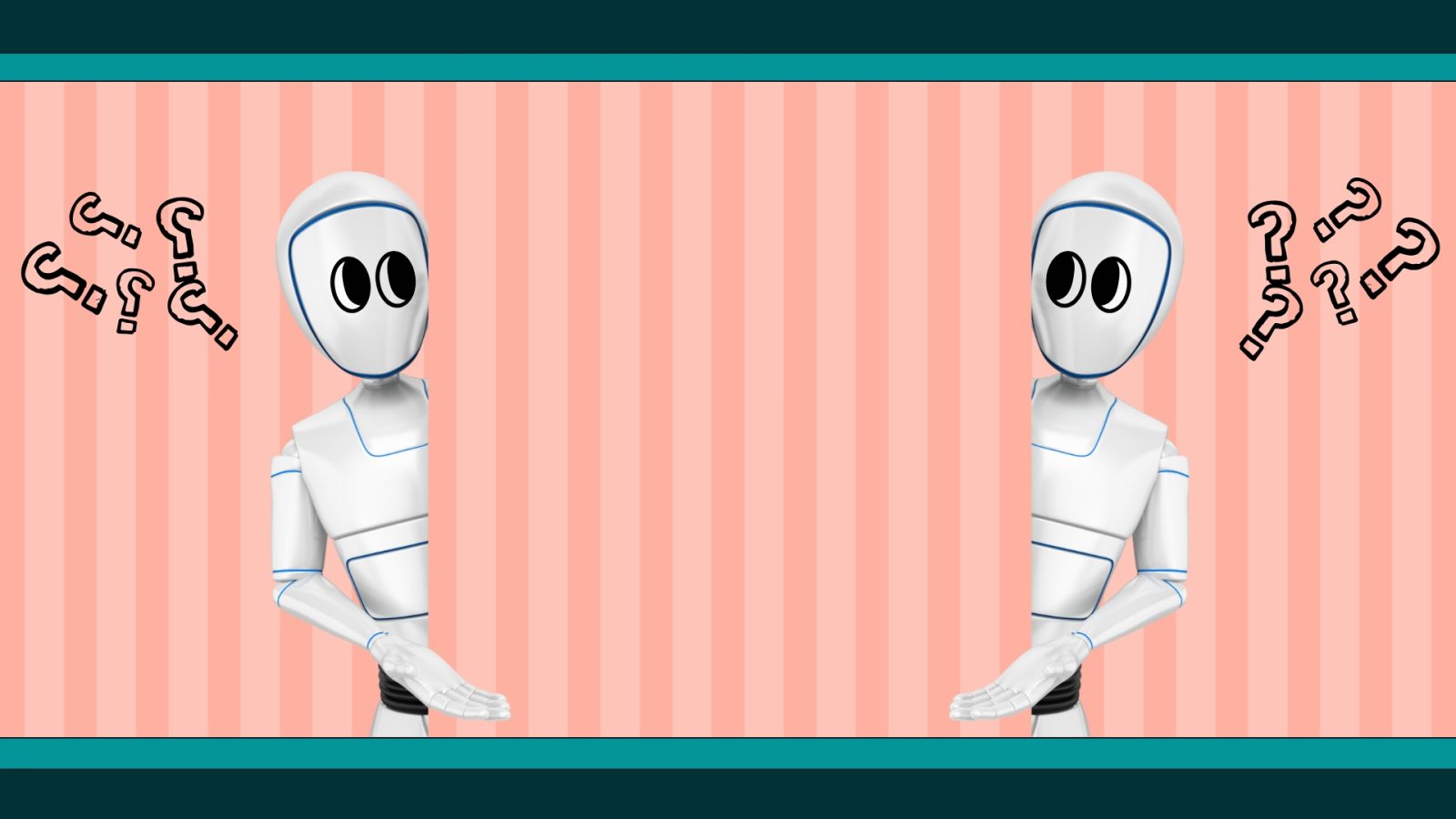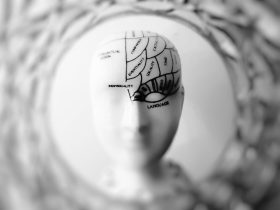Google’s medical AI system, Med-Gemini, made a curious claim in a recent scientific paper: it referred to an anatomical structure that does not, in fact, exist. The so-called “basilaris ganglion” seems to have been born from a mash-up of “basal ganglia” and the “basilar artery” — the kind of creative blunder we politely call an AI “hallucination.” The term ‘basilaris ganglion’ was most likely a blend of the basal ganglia (nerve cell clusters deep in the brain that help control movement) and the basilar artery (a key blood vessel supplying the back of the brain).
The error was spotted by neurologist Bryan Moore. Google responded by correcting its own blog post, but the inaccuracy remains in the scientific publication. – as reported by News Bytes.
But this isn’t just a quirky tech fail. It’s a symptom. A symptom of something far more human hiding behind every shiny AI promise: the data. Its quality, its accuracy, its source — and most importantly, the framework we create for how it’s used.
Because no matter how much we want to believe otherwise, AI doesn’t think. It doesn’t “know” anything. It simply reflects what we feed it, within the boundaries we set. And if the training data is flawed or the limits are fuzzy, the results will be wrong. Full stop.

The importance of data and human expertise
It can’t be overstated: AI’s relevance and reliability rest on the accuracy of its datasets and the thoroughness of human expertise. Med-Gemini’s “basilaris” slip-up wasn’t born of some evil machine intent, but most likely from flawed training data — the result of sloppy labeling or data cleaning that skipped a beat in the human quality-control chain.
This is the takeaway: tech that can recall the tiniest details of the human body at lightning speed is only truly valuable if it’s built on precise, professionally verified data and backed by careful human oversight.

The machine isn’t responsible. We are.
Right now, AI systems — Med-Gemini included — are learning from mountains of data that’s often uncontrolled or inaccurately annotated. That’s not a “technology problem.” That’s a people problem. We decide how we train it, how we validate it, and how much we trust its output.
You can’t put a machine on trial. It’s on us — the human side — to choose what we feed it and how critically we evaluate what comes back. And if developers need to keep refining and updating the model, that’s not a sign of catastrophic failure. It means it needs work.
Let’s be crystal clear: AI is not some infallible machine-god. It’s a complex, often messy system that works with whatever patterns humans give it. That’s the core truth about AI. Which is exactly why we can’t follow it blindly. It’s not a leader — it’s a colleague. A ridiculously smart colleague, sure. But still, just a colleague.
Basilaris-gate: What can we learn from Google’s AI blunder?
The Med-Gemini episode is a reminder of how we should view AI. Technological leaps are only useful if they’re grounded in accurate data, strict professional protocols, and human accountability.
Those of us who use and build AI must never let the machine play god in our work or lives. Stay critical, but stay open to progress. This is a joint effort — human and machine, side by side.














Leave a Review